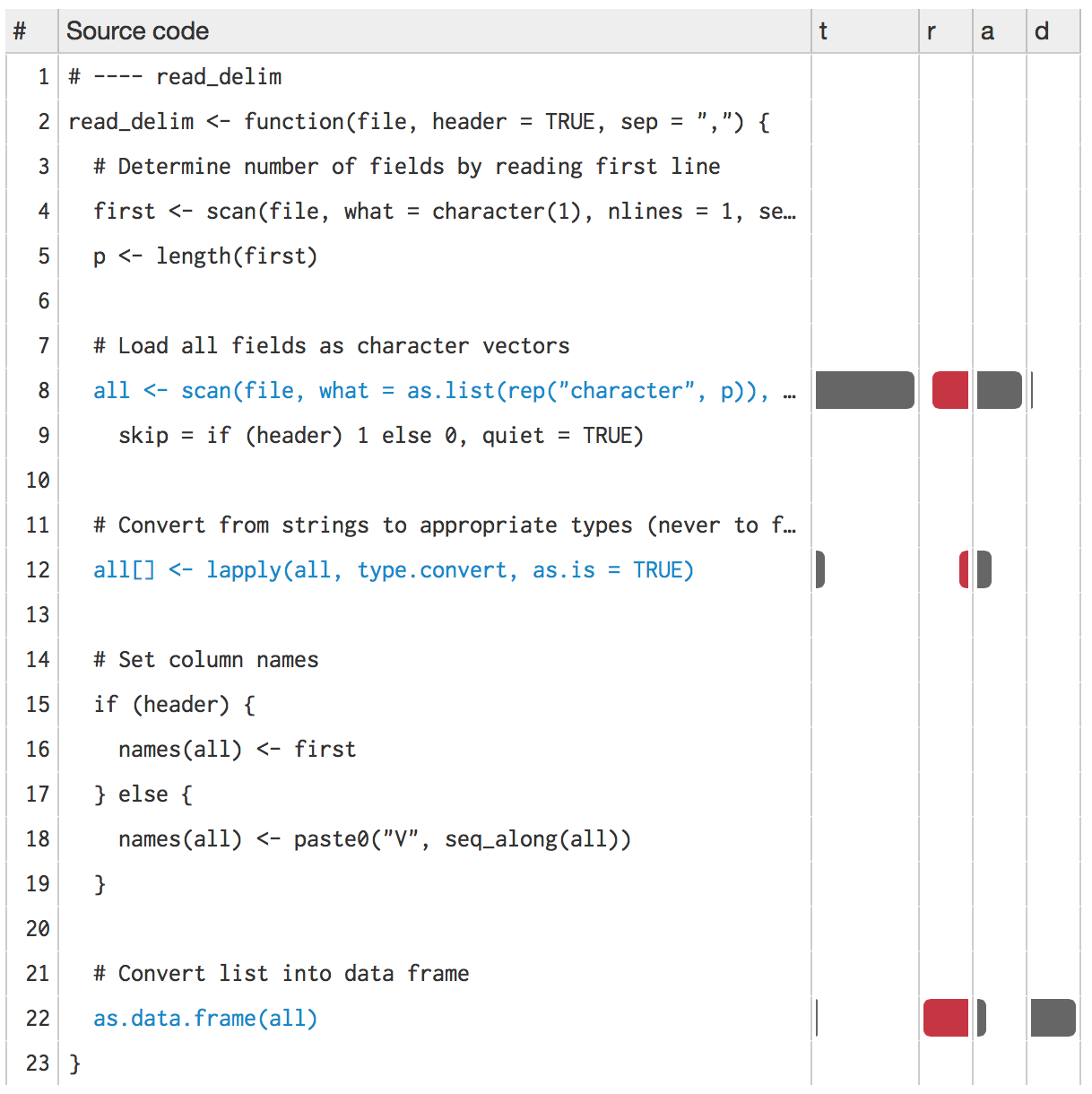

The precise molecular and structural mechanisms by which the folded domains and IDRs synergize to recognize and process R-loops or modulate R-loop-mediated signaling have not been fully explored. However, a significant number of these R-loop interacting Enzyme and Reader proteins also contain long stretches of intrinsically disordered regions (IDRs). Previous high-throughput screens identified multiple proteins that bind R-loops, with many of these proteins containing folded nucleic acid processing and binding domains that prevent (e.g., topoisomerases), resolve (e.g., helicases, nucleases), or recognize (e.g., KH, RRMs) R-loops. To elucidate their cellular functions, we need to understand the mechanisms underlying R-loop formation, recognition, signaling, and resolution.

R-loops perform critical biological functions under both normal and disease conditions. R-loops are non-canonical, three-stranded nucleic acid structures composed of a DNA:RNA hybrid, a displaced single-stranded (ss)DNA, and a trailing ssRNA overhang. 4Bioinformatics Institute, A*STAR Biomedical Institutes, Singapore, Singapore.3Department of Urology, SUNY Upstate Medical University, Syracuse, NY, United States.2Department of Biochemistry and Structural Biology, University of Texas Health San Antonio, San Antonio, TX, United States.1Department of Biochemistry and Molecular Biology, SUNY Upstate Medical University, Syracuse, NY, United States.Kuznetsov 3,4, Patrick Sung 2, Wenyi Feng 1 and Alaji Bah 1* Dettori 1, Diego Torrejon 1, Arijita Chakraborty 1, Arijit Dutta 2, Mohamed Mohamed 1, Csaba Papp 1,3, Vladimir A.


 0 kommentar(er)
0 kommentar(er)
